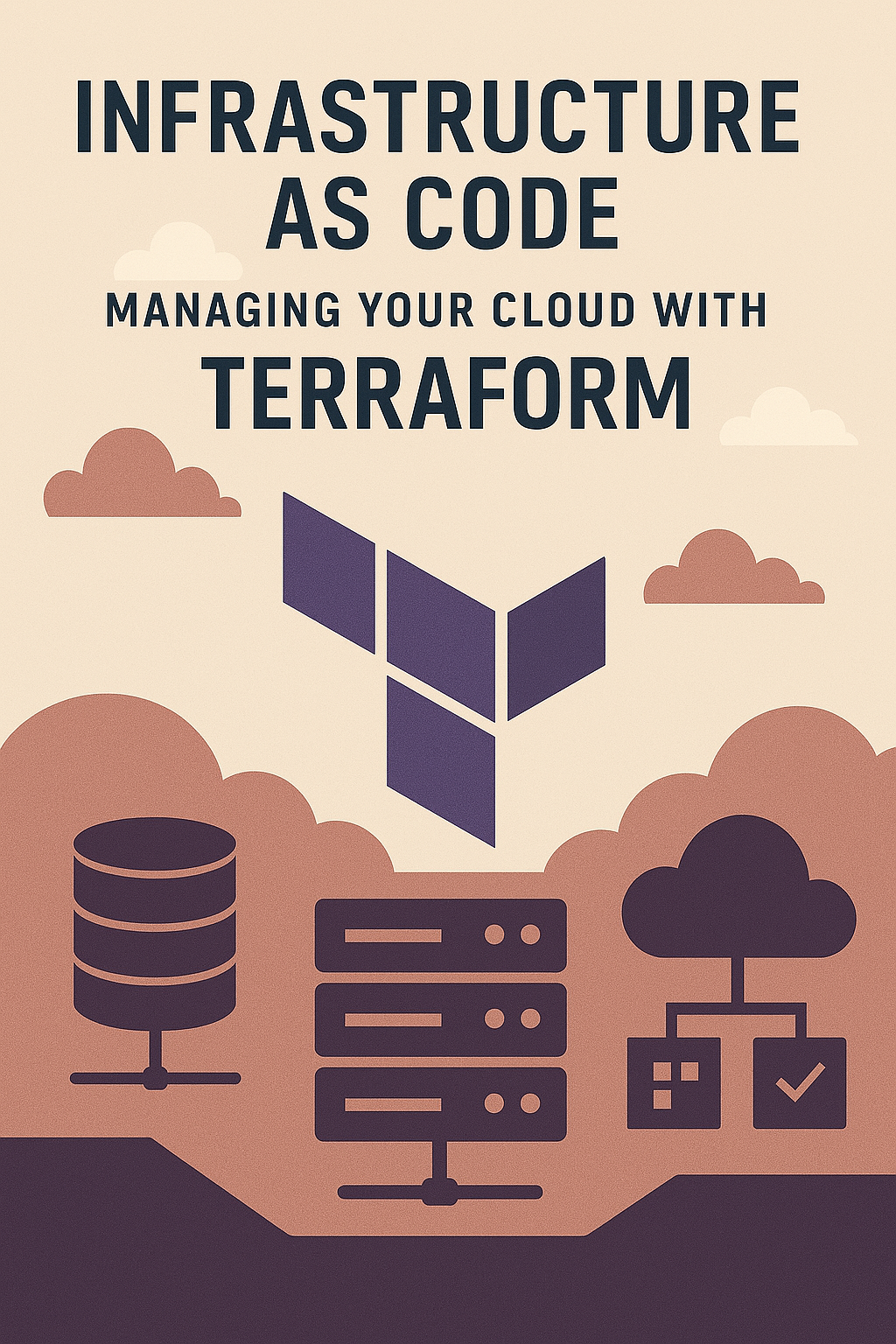
As cloud computing continues to dominate modern infrastructure, managing resources efficiently and consistently becomes a priority. Infrastructure as Code (IaC) enables developers and operators to provision and manage infrastructure using code, eliminating manual processes and reducing errors. Terraform, a powerful IaC tool, simplifies this process, making infrastructure deployment seamless and scalable.
Why Use Infrastructure as Code?
Traditional infrastructure management is prone to human error and lacks scalability. IaC provides:
- Consistency: Define infrastructure declaratively, ensuring repeatability.
- Automation: Reduce manual effort with automated provisioning.
- Version Control: Track changes and rollback using Git.
- Scalability: Deploy infrastructure efficiently across multiple environments.
Getting Started with Terraform
Terraform, an open-source tool by HashiCorp, uses configuration files to manage cloud services. To get started:
- Install Terraform: Download and install Terraform for your platform.
- Write Configuration Files: Define infrastructure using HashiCorp Configuration Language (HCL).
- Initialize Terraform: Run
terraform initto prepare your working directory. - Plan and Apply Changes: Use
terraform planto preview changes andterraform applyto provision resources. - Destroy Unused Resources: Clean up infrastructure using
terraform destroy.
Best Practices for Using Terraform
- Modularize Configurations: Use modules for reusable infrastructure components.
- Utilize State Management: Store Terraform state securely (e.g., in AWS S3 with locking mechanisms).
- Implement Version Control: Keep Terraform configurations in Git repositories.
- Follow Security Guidelines: Apply least privilege principles when provisioning resources.
Conclusion
Terraform simplifies cloud infrastructure management by providing a declarative approach to provisioning and scaling resources. By mastering Terraform and IaC, developers can build robust, repeatable, and automated cloud environments with ease.